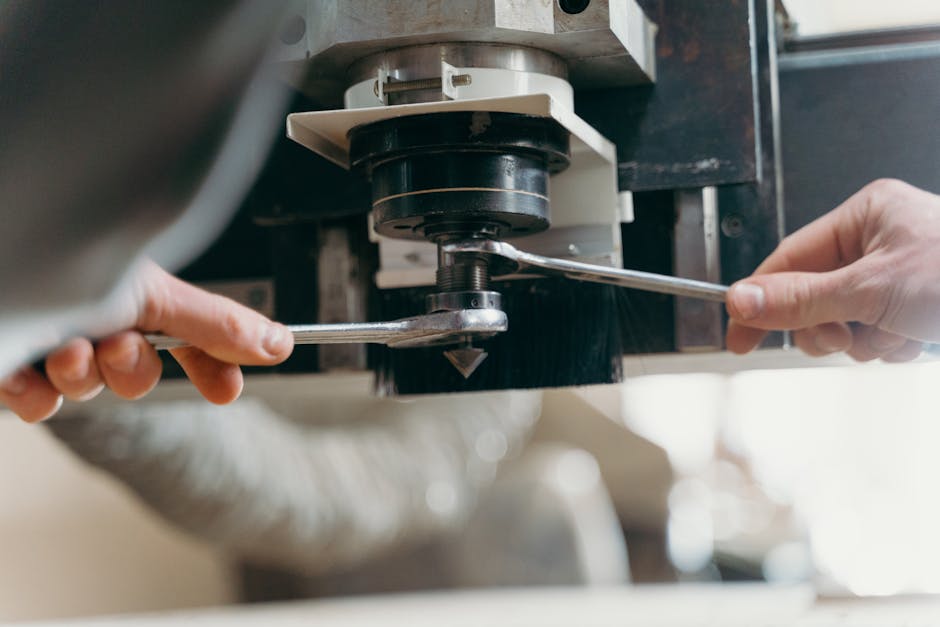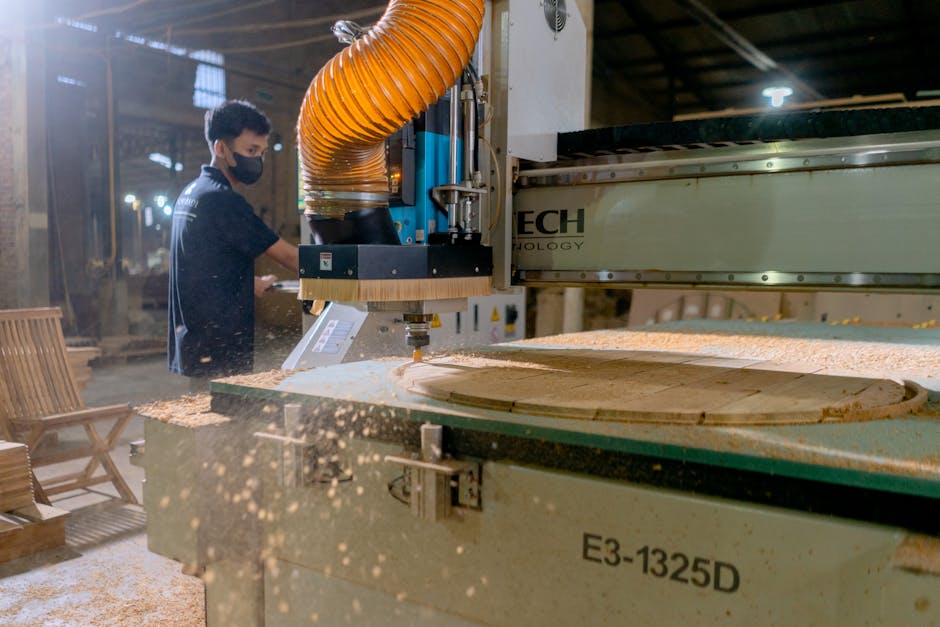Introduction
The manufacturing sector constantly seeks efficiency gains. Mass mobilization of CNC represents a transformative approach. This strategy involves coordinating large groups of CNC operators towards unified production goals. However, it requires meticulous planning and resource allocation.
Additionally, it leverages collective expertise to maximize machine uptime. Furthermore, it addresses complex, high-volume production demands effectively. The full mass mobilization of CNC operator for manufacturing is a comprehensive workforce strategy. It transcends traditional shift patterns and individual task assignments.
This paradigm shift is crucial for modern factories. It responds to volatile market demands and tight deadlines. Consequently, understanding its mechanics is vital for industry leaders. This guide explores its benefits, implementation, and future potential.
Understanding Mass Mobilization of CNC
This concept goes beyond simply hiring more staff. It is a holistic operational philosophy. Specifically, it integrates people, processes, and technology seamlessly. It aims to create a highly responsive and agile production environment.
Typically, it involves cross-training operators on multiple machines. Therefore, workforce flexibility increases significantly. Moreover, it employs centralized management systems for task allocation. This ensures optimal use of every available operator and machine hour.
Mass Mobilization of CNC Benefits
Adopting this strategy offers numerous advantages. First, it dramatically increases production capacity and throughput. Second, it reduces bottlenecks by ensuring skilled operators are always available. Consequently, project lead times can be shortened considerably.
Additionally, it enhances workforce resilience against absenteeism. It also facilitates faster onboarding of new operators through peer learning. Furthermore, it often leads to higher job satisfaction and skill development. The collective intelligence of a mobilized group solves problems faster.
How Mass Mobilization of CNC Works
Implementation relies on a robust foundational framework. Initially, a detailed assessment of current capacity is essential. Next, clear communication channels and command structures must be established. Real-time production monitoring software is typically deployed.
Operators receive tablets or handheld devices for task updates. This allows for dynamic reassignment based on live production data. For example, an operator might move from a idle mill to a backlogged lathe. Thus, the system maintains constant momentum across the shop floor.
Best Mass Mobilization of CNC Practices
Success depends on adhering to proven methodologies. Standardizing procedures across all machines and shifts is critical. Similarly, creating detailed skill matrices for each operator ensures proper placement. Investing in continuous training programs is non-negotiable.
Moreover, fostering a culture of collaboration over competition is key. Recognizing and rewarding team-based achievements reinforces this culture. Utilizing data analytics helps predict demand and schedule operators proactively. Regularly reviewing and optimizing the mobilization process is also vital.
Mass Mobilization of CNC Implementation
Rolling out this strategy requires a phased approach. Begin with a pilot program in one production cell. Select a team of adaptable and skilled operators for this phase. Clearly define key performance indicators to measure success.
Then, gradually scale the program to other areas based on learnings. Ensure you have strong change management support to address resistance. Provide ample training and resources throughout the transition. For tailored support, consider our expert consultation services.
Advanced Mass Mobilization of CNC Strategies
Beyond the basics, several advanced tactics can enhance results. Integrating Artificial Intelligence for predictive scheduling is one method. AI can forecast machine maintenance needs and operator availability. Another strategy involves gamification to boost engagement and productivity.
Alternatively, creating hybrid teams that blend experienced and novice operators accelerates learning. Implementing digital twin technology allows for virtual rehearsal of mobilization plans. This minimizes disruption during the actual execution. These advanced methods require a solid foundation first.
Mass Mobilization of CNC Success Tips
Leadership commitment is the most critical success factor. Without it, the initiative will likely fail. Clear and consistent communication is also paramount. Operators must understand the ‘why’ behind the new system.
Start with clearly achievable goals to build momentum. Celebrate early wins to gain broader buy-in. Utilize professional resources to fill knowledge gaps. Finally, be patient and allow time for the new culture to take root.
Future of Mass Mobilization of CNC
The future will be increasingly digital and connected. The Internet of Things will provide even more real-time machine data. Augmented Reality could guide operators through complex setups remotely. This will further enhance the flexibility and speed of mobilized teams.
Furthermore, global standards like those from the International Labour Organization may evolve. Automation will handle repetitive tasks, freeing operators for more complex work. The role of the CNC operator will shift towards problem-solving and oversight. Thus, mobilization strategies will continue to adapt and innovate.
Frequently Asked Questions
What is the main goal of mass CNC operator mobilization?
The primary goal is to maximize overall equipment effectiveness and production throughput. It does this by ensuring the right operator with the right skills is always at the right machine.
How does this strategy impact individual CNC operators?
Operators often experience increased variety in their work and opportunities for skill development. However, it requires adaptability and comfort with technology-driven task management.
What technology is essential for effective mobilization?
A Manufacturing Execution System is crucial. It provides real-time data on machine status and production progress. Reliable communication platforms and digital work instructions are also key.
Are there risks associated with this approach?
Yes, potential risks include operator burnout if not managed well. There can also be resistance to change. Compliance with World Health Organization ergonomic standards is vital to prevent injury.
How do you measure the ROI of mobilization?
Key metrics include overall equipment effectiveness, on-time delivery rates, and labor productivity. A reduction in machine idle time and overtime costs also indicates positive ROI.
Can small shops implement mass mobilization strategies?
Absolutely. The principles are scalable. For a small shop, it might mean cross-training all operators on all machines. The core idea of flexible deployment remains the same regardless of size.
Conclusion
Mass mobilization of CNC is a powerful strategy for modern manufacturing. It transforms static workforces into dynamic, responsive teams. The benefits for throughput, efficiency, and agility are substantial. However, success demands careful planning and cultural shift.
It represents a significant investment in people and technology. The future will bring even more sophisticated tools to support this model. Resources from the World Bank can provide economic context for such investments. Now is the time to explore how this approach can revolutionize your operations.
Ready to transform your production floor? Schedule appointment with our specialists today. We provide tailored strategies to mobilize your workforce effectively. Begin your journey towards unprecedented manufacturing efficiency.




